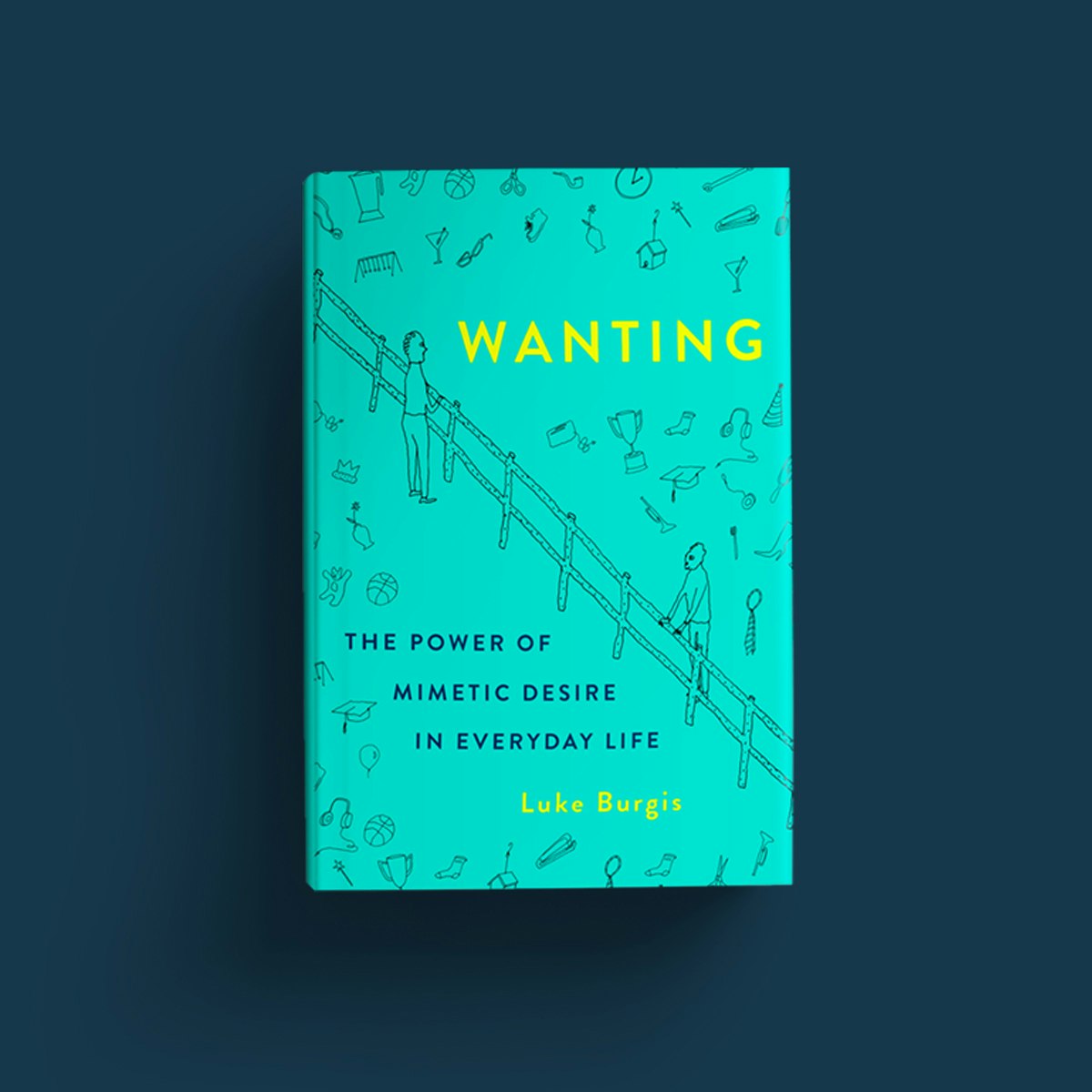

Once you realize you’re wired to imitate others, you can start to control it. Mimesis is therefore a tool for more originality, more self, and less copying. It helped me see that in absence of a model to copy, I would hardly know what to do and that in the presence of good models, I would invariably mimic them. It’s super interesting because you can use it to understand yourself!Īs someone who is hyper-influenceable and who has been struggling with finding his own desires (besides writing), mimesis helped me see that I modeled my life based on other people’s work. Yet mimetic theory isn’t interesting because you can understand other people. Learning about mimetic theory is akin to taking the red pill. I am sure you will find many examples in your life explained by mimesis (here’s one from my own life). When Thiel speaks about competition or university students’ mimetic behavior, it all comes from Girard. Girard has been popularized lately by people like Peter Thiel. Wanting speaks of mimetic theory, a theory of desire (highlighted above) developed by a French philosopher called René Girard.

The book explores meaningful and meaningless desires, where we get our desires from, and how to choose our desires well.Ī few pages into the book, I knew it would jump to the top of the most influential books I have ever read. It explains that human beings are wired to imitate each other’s desires, which leads to rivalries and fights resolved through a scapegoat mechanism. Wanting is a book written by Luke Burgis.


 0 kommentar(er)
0 kommentar(er)
